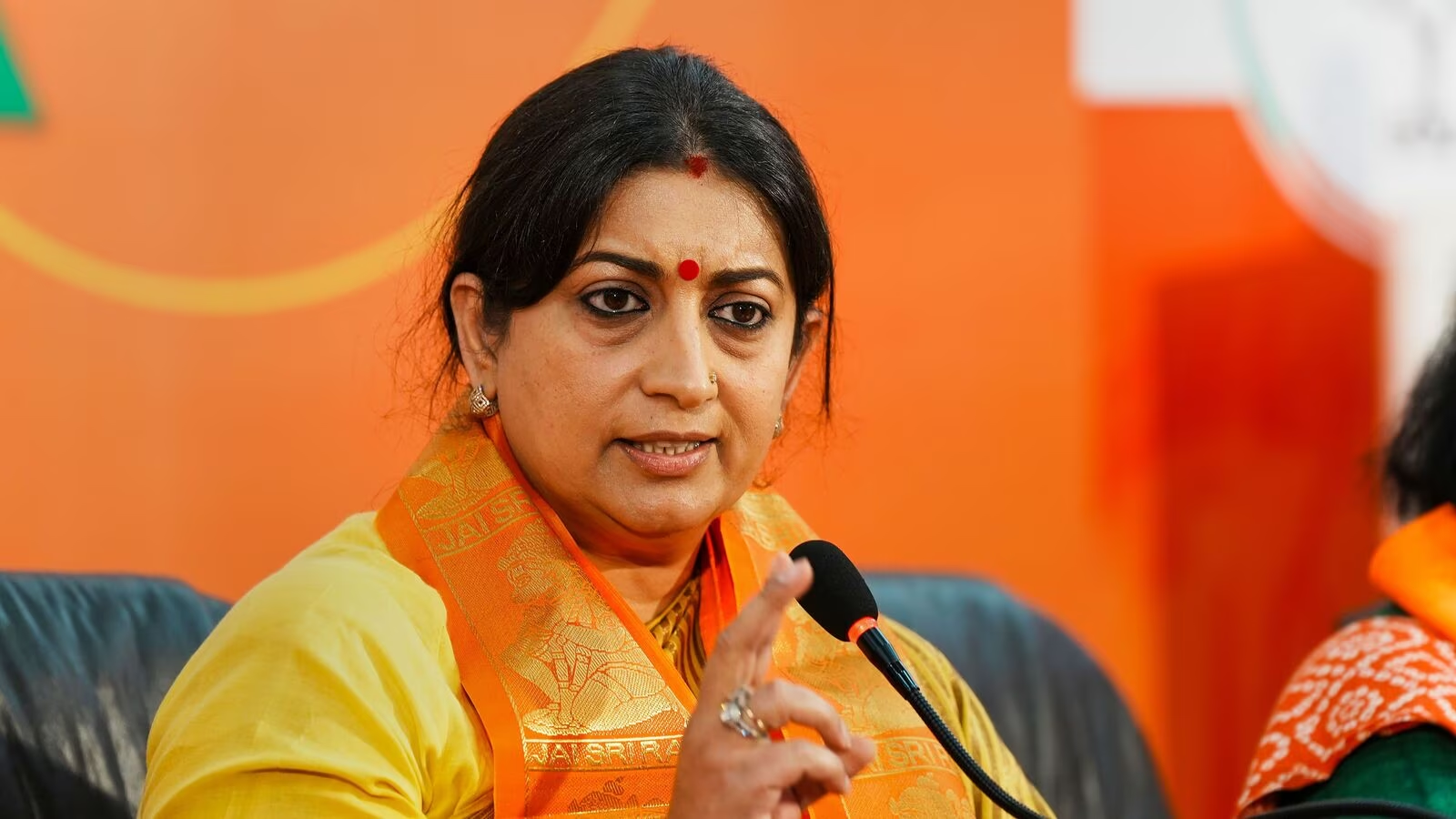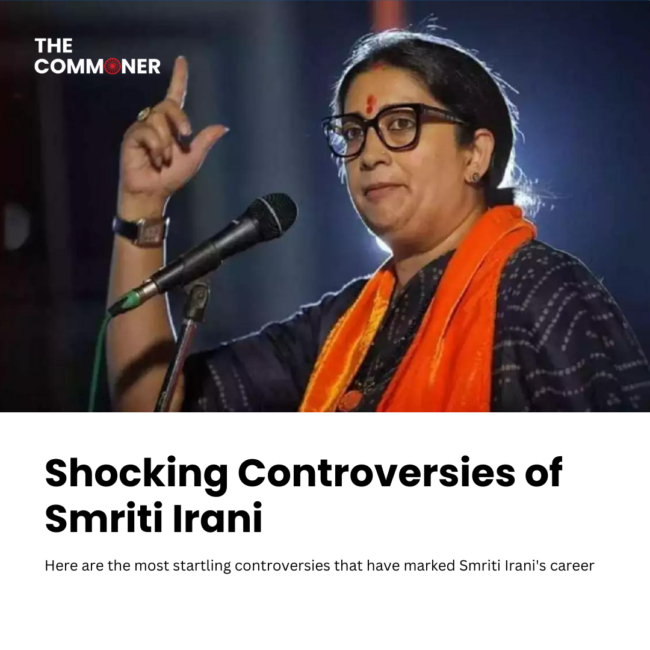Smriti Irani: From Television Stardom To Political Powerhouse

Smriti Irani’s journey from a successful television career to a prominent role in Indian politics is a remarkable one. Serving as the Minister of Women and Child Development, and formerly as the Minister of Textiles, she has spearheaded numerous initiatives for women’s empowerment and social welfare. Irani’s work includes the Beti Bachao Beti Padhao campaign and efforts to boost the handloom sector.
In her role as the Minister of Human Resource Development (HRD), Smriti Irani oversaw critical educational reforms and policies aimed at improving the quality and accessibility of education in India. Her tenure included efforts to modernize the curriculum, enhance teacher training, and expand digital learning initiatives.
With a net worth of over ₹17 crore+, Irani’s political journey hasn’t been without controversy. She faced scrutiny over her educational qualifications and has been vocal in her criticism of opposition parties, often making headlines for her fiery statements.
A Journey Marked by Ten Notable Controversies
1. Educational Qualification Dispute
One of the earliest and most persistent controversies surrounding Smriti Irani has been over her educational qualifications. Initially claiming to have a degree from Yale University, it was later revealed that her education background was different from what was initially portrayed. This discrepancy led to significant criticism and questioning of her credibility.
2. Fake Degree Allegations
In connection with the educational qualification controversy, allegations surfaced that Irani had misrepresented her academic credentials in her election affidavits. This issue was widely covered in the media and even led to legal challenges questioning the veracity of her statements.
3. Appointment as HRD Minister
Smriti Irani’s appointment as the Minister of Human Resource Development was met with skepticism and criticism due to her educational qualifications. Critics questioned her ability to oversee the country’s education system without a robust educational background, leading to a heated debate on merit and qualifications in political appointments.
4. Rohith Vemula Case
The tragic suicide of Rohith Vemula, a Dalit student at the University of Hyderabad, put Irani in the spotlight for her handling of the case. Accusations of caste-based discrimination and mishandling of the situation by the HRD ministry under her watch drew widespread condemnation and protests across the country.
5. JNU Sedition Row
During her tenure as HRD Minister, the Jawaharlal Nehru University (JNU) became a battleground over issues of nationalism and free speech. The arrest of Kanhaiya Kumar and others on sedition charges led to a massive uproar, with Irani being criticized for allegedly stifling dissent and academic freedom.
6. Sanskrit Week Controversy
In 2014, Irani’s decision to replace German with Sanskrit as a third language in Kendriya Vidyalayas sparked controversy. Critics argued that the move was a part of a larger agenda to impose a particular cultural narrative, while supporters claimed it was a step towards promoting indigenous languages.
7. AAP Leader Somnath Bharti’s Allegations
In a public spat, AAP leader Somnath Bharti accused Smriti Irani of influencing the Delhi Police to harass him. Although the claims lacked substantial evidence, the incident highlighted the contentious and often personal nature of political rivalries involving Irani.
8. Feud with Priyanka Chaturvedi
Smriti Irani’s social media exchanges with Congress leader Priyanka Chaturvedi have often turned vitriolic. Their public spats on platforms like Twitter have frequently made headlines, showcasing Irani’s combative style in dealing with political adversaries.
9. Dispute Over ‘Padmaavat’ Release
The release of the film ‘Padmaavat’ faced immense opposition from various groups. Irani, then Minister of Information and Broadcasting, was criticized for her handling of the situation, with detractors claiming that the government failed to protect artistic freedom and the film industry from mob censorship.
10. ‘Ramayana’ and ‘Mahabharata’ Tweets
Smriti Irani’s tweets referencing the epics ‘Ramayana’ and ‘Mahabharata’ in political contexts have often stirred controversy. Critics argue that such references are an attempt to politicize cultural and religious symbols, while her supporters see them as an assertion of cultural identity.
Conclusion
Smriti Irani’s journey from television to the corridors of power in Indian politics is marked by significant achievements and equally significant controversies. Her tenure in various ministerial roles has seen impactful initiatives, particularly in women’s development and education. However, her political career continues to be a lightning rod for debates on qualifications, governance style, and the interplay of politics and culture in contemporary India. Despite the controversies, Irani remains a formidable figure in Indian politics, demonstrating resilience and an ability to navigate the turbulent waters of public life.


